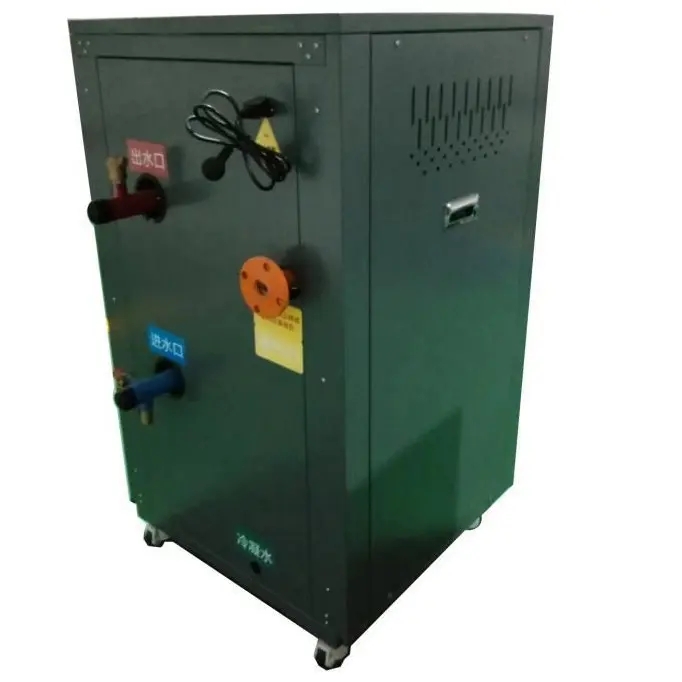- Afrikaans
- Albanian
- Amharic
- Arabic
- Armenian
- Azerbaijani
- Basque
- Belarusian
- Bengali
- Bosnian
- Bulgarian
- Catalan
- Cebuano
- China
- China (Taiwan)
- Corsican
- Croatian
- Czech
- Danish
- Dutch
- English
- Esperanto
- Estonian
- Finnish
- French
- Frisian
- Galician
- Georgian
- German
- Greek
- Gujarati
- Haitian Creole
- hausa
- hawaiian
- Hebrew
- Hindi
- Miao
- Hungarian
- Icelandic
- igbo
- Indonesian
- irish
- Italian
- Japanese
- Javanese
- Kannada
- kazakh
- Khmer
- Rwandese
- Korean
- Kurdish
- Kyrgyz
- Lao
- Latin
- Latvian
- Lithuanian
- Luxembourgish
- Macedonian
- Malgashi
- Malay
- Malayalam
- Maltese
- Maori
- Marathi
- Mongolian
- Myanmar
- Nepali
- Norwegian
- Norwegian
- Occitan
- Pashto
- Persian
- Polish
- Portuguese
- Punjabi
- Romanian
- Russian
- Samoan
- Scottish Gaelic
- Serbian
- Sesotho
- Shona
- Sindhi
- Sinhala
- Slovak
- Slovenian
- Somali
- Spanish
- Sundanese
- Swahili
- Swedish
- Tagalog
- Tajik
- Tamil
- Tatar
- Telugu
- Thai
- Turkish
- Turkmen
- Ukrainian
- Urdu
- Uighur
- Uzbek
- Vietnamese
- Welsh
- Bantu
- Yiddish
- Yoruba
- Zulu
Nov . 30, 2024 08:21 Back to list
Selecting the Right Diameter for Cast Iron Pipes in Plumbing Applications
Understanding Cast Iron Pipe Diameters
Cast iron pipes have been a staple in plumbing systems for centuries, renowned for their strength, durability, and resistance to corrosion. These pipes play a vital role in both waste removal and water supply systems, making their specifications crucial for effective infrastructure. One of the most significant specifications to consider is the diameter of cast iron pipes, as it influences both the flow of water and the overall efficiency of the plumbing system.
What is Cast Iron?
Before delving into pipe diameters, it is essential to understand the material itself. Cast iron is an alloy of iron, carbon, and silicon. It is produced by melting iron and adding a controlled amount of carbon and silicon, which helps to improve its casting properties and durability. The molding process allows for intricate designs and shapes, making cast iron a preferred material in various applications, including pipes.
Importance of Pipe Diameter
The diameter of a cast iron pipe is critical for several reasons
1. Flow Capacity The diameter directly affects the volume of water that can pass through the pipe. A larger diameter allows for more flow, which can be essential in high-demand scenarios, such as in commercial buildings or during peak water usage times. Conversely, a smaller diameter restricts flow, which can lead to pressure drops and inefficiencies in water delivery.
2. Pressure Management Pipe diameter also influences the pressure within the plumbing system. Smaller pipes can increase the velocity of water flow, which potentially raises the pressure but may also lead to higher friction losses. On the other hand, larger pipes reduce friction, maintaining a more consistent pressure throughout the system.
3. Material and Installation Costs The diameter of the pipe also impacts the cost not only of the material but also of the installation. Larger diameter pipes require more material, which can increase costs. Additionally, they may necessitate larger fittings and more complex supports during installation.
Common Sizes of Cast Iron Pipes
cast iron pipe diameter

Cast iron pipes come in various diameters, typically ranging from 2 inches to over 20 inches
. The specific size required for a project depends on several factors, including the intended application, the flow requirements, and local building codes.1. 2 to 4 Inches Typically used for residential applications, such as waste and vent pipes. These sizes are sufficient for typical household drainage needs.
2. 6 to 8 Inches Commonly found in larger residential buildings or small commercial structures. These pipes can efficiently manage the increased demand from greater numbers of fixtures.
3. 10 Inches and Above Generally reserved for municipal water systems, large commercial buildings, and industrial applications. These larger diameters ensure adequate flow rates for extensive plumbing systems.
Considerations When Choosing Diameter
When selecting the appropriate diameter for cast iron pipes, several considerations should be taken into account
- Building Code Standards Local regulations can dictate minimum pipe sizes based on the intended use. - Flow Requirements Consulting with a plumbing engineer or expert can help determine the necessary diameter based on expected water usage and flow rates. - System Layout The overall design of the plumbing system, including the distance fluids must travel and changes in elevation, can impact the choice of pipe size.
Conclusion
In conclusion, understanding the diameter of cast iron pipes is crucial for anyone involved in plumbing or construction. The right diameter affects everything from flow capacity and pressure management to installation costs and compliance with building codes. By carefully considering these factors, one can ensure that the plumbing system operates efficiently and meets the needs of its users for years to come. Whether for residential, commercial, or industrial use, the choice of diameter can make a significant difference in the overall performance and reliability of the plumbing infrastructure.
-
8mm Thin-Walled Cast Steel Manhole Cover Pallet Bottom Ring | Durable
NewsAug.04,2025
-
Premium Cast Iron Water Main Pipe: Durable, Corrosion-Resistant
NewsAug.03,2025
-
Durable Cast Iron Water Mains | AI-Optimized Systems
NewsAug.02,2025
-
High-Efficiency Propane Boiler for Baseboard Heat | Save Energy
NewsAug.01,2025
-
Premium Source Suppliers for Various Gray Iron Castings
NewsJul.31,2025
-
Durable Cast Iron Water Main Pipes | Long-Lasting
NewsJul.31,2025


